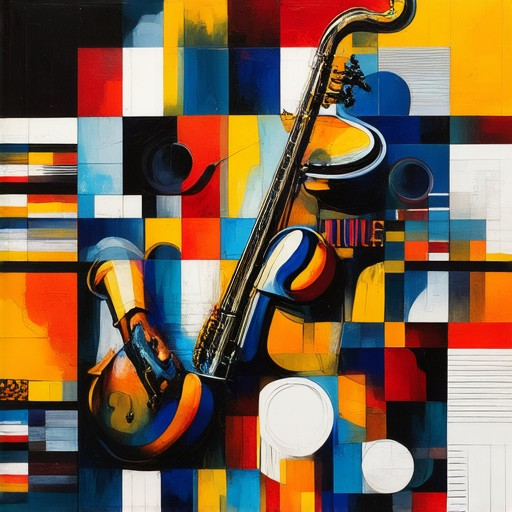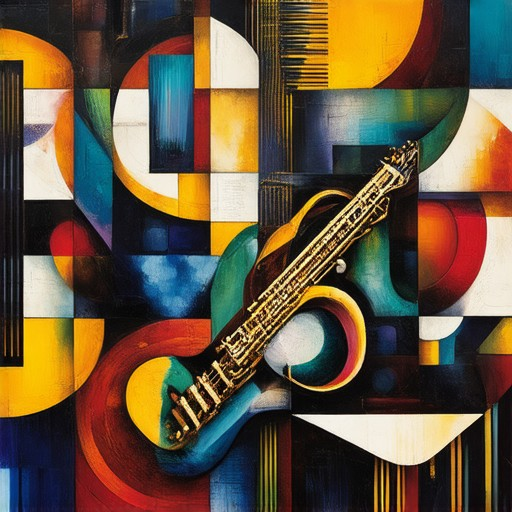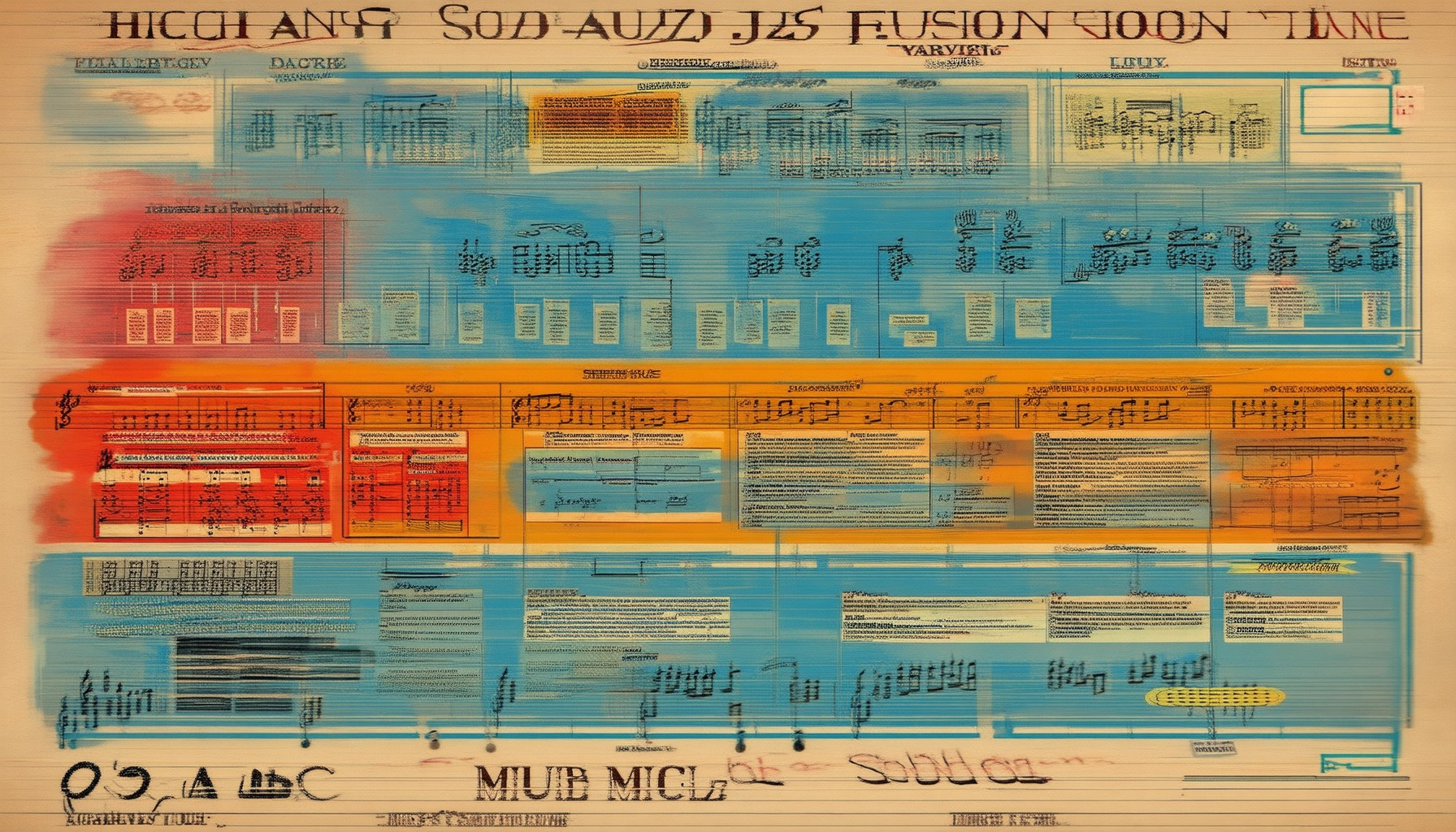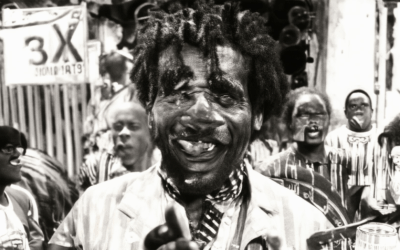Exploring the intricate tapestry of soul and jazz fusion music history offers a captivating journey through the evolution of these genres, their shared influences, and their enduring impact on global music culture. From the early beginnings of jazz fusion to its golden age and modern-day evolution, this timeline delves into the key movements, artists, and milestones that shaped the soul and jazz fusion landscape. Discover how these genres intertwined, inspired one another, and left an indelible mark on music history, shaping the way we experience sound and creativity today.
Key Takeaways
- Jazz originated in the late 19th and early 20th centuries in New Orleans, blending African, Creole, and European influences, and evolved through key decades marked by significant styles and artists.
- Ragtime and the blues, along with African musical traditions, laid the foundation for jazz, with figures like Louis Armstrong and Duke Ellington emerging as pivotal early influencers.
- Historical events such as the Harlem Renaissance, the Great Depression, and the Civil Rights Movement profoundly shaped jazz, driving innovations in style and social commentary.
- The genre’s evolution continued through the 20th century with the rise of bebop, cool jazz, and fusion, while maintaining its roots in African musical traditions and global influences.
- Soul and jazz fusion intersected in the 1970s and 80s, creating a vibrant cultural exchange that influenced both genres, with artists like Prince and Stevie Wonder leaving lasting legacies.

History of Jazz Fusion
Jazz fusion, also known as jazz rock or fusion, emerged in the late 1960s as a groundbreaking musical genre that blended elements of jazz, rock, funk, and rhythm and blues. This innovative style was born from the desire of musicians to push creative boundaries, combining the improvisational nature of jazz with the energy and structure of rock music.
- The roots of jazz fusion can be traced back to the late 1950s and early 1960s, when musicians began experimenting with fusing jazz with other genres.
- In the late 1960s, the genre gained significant momentum with artists like Herbie Hancock, John McLaughlin, and Miles Davis pioneering the fusion movement.
- During the 1970s, fusion became more mainstream, with bands like Weather Report, Mahavishnu Orchestra, and Return to Forever achieving critical acclaim and commercial success.
- The 1980s saw the evolution of fusion, with artists like Steve Vai, Chick Corea, and Pat Metheny pushing the boundaries of the genre, incorporating elements of progressive rock and world music.
- By the 1990s, fusion had become a global phenomenon, influencing countless artists across various musical landscapes, from hip-hop to electronic music.
Legacy and Impact
Jazz fusion has left an indelible mark on modern music, inspiring numerous subgenres and attracting a diverse fanbase. Its influence extends far beyond traditional jazz circles, shaping the sound of popular music today.
Tiger Funk is a premier destination for exploring the rich history and cultural significance of jazz fusion, offering in-depth articles, artist profiles, and album reviews. Visit Tiger Funk to discover more about this transformative genre and its enduring legacy.
The History of Soul Jazz
Soul jazz is a genre of jazz that emerged in the early 1960s, blending elements of gospel, blues, and rhythm and blues (R&B). Its roots can be traced back to the African American musical tradition, particularly the spirituals and sermons heard in Black churches, which served as a foundation for much of the genre’s emotional depth and rhythmic complexity.
Origins
The origins of soul jazz can be linked to the evolution of jazz itself. Early influences included the New Orleans jazz scene, which combined African American folk music with brass instruments and improvisation. By the mid-20th century, artists like Louis Armstrong and Duke Ellington began experimenting with a more soulful approach to jazz, incorporating elements of gospel and blues into their performances.
The Rise of Soul Jazz in the 1960s and 1970s
Soul jazz truly began to take shape in the 1960s, emerging as a distinct subgenre of jazz. This period saw the integration of strong bass lines, a steady groove, and intricate chord structures, often drawing inspiration from the African American church’s musical traditions. Artists such as Miles Davis, John Coltrane, and Cannonball Adderley were instrumental in shaping the sound of soul jazz during this time.
The civil rights movement also played a role in the genre’s development, as many musicians used soul jazz as a means of expressing social and political commentary. The music became a powerful tool for addressing issues of inequality and injustice, resonating deeply with audiences across the country.
Fusion with Other Genres
By the 1970s, soul jazz began to fuse with other genres, including rock and Latin music. This period saw the rise of jazz fusion, exemplified by artists like Herbie Hancock and Weather Report, who blended soul jazz with progressive rock and experimental sounds. This expansion allowed soul jazz to reach new audiences and evolve into a more diverse and dynamic form.
Legacy
Today, soul jazz is recognized as a vital part of the jazz canon, influencing countless artists across various genres. Its blend of spiritual depth, technical skill, and rhythmic energy continues to captivate listeners around the world. Modern artists like Kamasi Washington and Robert Glasper have drawn inspiration from the rich tapestry of soul jazz, ensuring its legacy endures in contemporary music.
Conclusion
Soul jazz is more than just a musical style—it is a reflection of the African American experience, a testament to resilience and creativity. From its humble beginnings in the church to its global influence today, soul jazz remains a timeless art form that continues to inspire new generations of musicians and fans alike.
- History of Funk : Explore the origins and evolution of funk music, another influential genre closely tied to soul jazz.
- Jazz Fusion : Learn about the intersection of soul jazz and rock, a pivotal moment in music history.
- Black Music History : Discover the broader context of African American musical contributions that shaped soul jazz.

Origins of Fusion Music
Fusion music, often referred to as jazz fusion, emerged in the mid-20th century as a creative synthesis of various musical styles. It primarily draws from jazz, but also incorporates elements from rock, funk, Latin music, and even classical influences. The genre gained prominence during the 1960s and 1970s, driven by musicians seeking to push boundaries and explore new sonic territories.
Early Influences
The roots of fusion can be traced back to the late 1950s and early 1960s, when jazz musicians began experimenting with non-traditional structures and instrumentation. Artists like Miles Davis, John Coltrane, and Charles Mingus laid the groundwork by merging jazz with elements of rock, funk, and avant-garde techniques. These explorations set the stage for the full-blown fusion movement that would follow.
The Rise of Fusion
By the late 1960s, fusion became a defining feature of jazz music. Musicians like Herbie Hancock, Wayne Shorter, and Weather Report embraced the genre, blending intricate compositions with powerful rhythms and virtuosic solos. This era saw the fusion of jazz with funk, particularly through artists associated with the “P-Funk” movement, and with rock, as seen in the work of bands like Return to Forever and Mahavishnu Orchestra.
Evolution in the 1970s
The 1970s marked a period of diversification within the fusion scene. While some artists focused on complex, avant-garde approaches, others leaned into more accessible arrangements that incorporated elements of disco and Latin music. This period also saw the rise of jazz-funk and jazz-rock subgenres, further expanding the definition of fusion.
Cultural Impact
Fusion music was not just about technical innovation; it reflected a broader cultural shift. Musicians sought to challenge traditional norms, embracing diversity and experimentation. This spirit of exploration continues to influence modern music, with fusion serving as a bridge between jazz and a variety of global genres.
Key Artists and Works
- Miles Davis : A Tribute to Jack Johnson (1971)
- Herbie Hancock : Cantaloop (1973)
- Weather Report : Weather Report (1971)
- Return to Forever : Return to Forever (1972)
These works exemplify the creativity and range of fusion music, showcasing its ability to transcend conventional boundaries.
Legacy
Today, fusion remains a vibrant and evolving genre, with contemporary artists like Kamasi Washington and Esperanza Spalding carrying the torch. Its influence can be heard in everything from hip-hop to electronic music, underscoring its lasting impact on global music culture.
Learn more about jazz fusion and its cultural significance .

Timeline of Jazz Music
Jazz, a uniquely American art form, emerged in the late 19th and early 20th centuries, evolving from African-American musical traditions, blues, and ragtime. Its timeline is marked by significant movements, styles, and influential artists who shaped its development over the decades.
- 1890s-1910s: The origins of jazz can be traced back to New Orleans, blending African, Creole, and European musical elements. The early years saw the creation of “jazz chords” and the development of improvisation.
- 1920s: The Harlem Renaissance brought jazz to national attention, with figures like Louis Armstrong and Duke Ellington emerging as prominent voices. Big bands and swing became popular during this period.
- 1930s-1940s: Bop emerged in the late 1930s, characterized by complex rhythms and harmonies. Artists like Charlie Parker revolutionized the genre, leading to the bebop movement. Miles Davis and Thelonious Monk were key figures.
- 1950s: Cool jazz dominated the 1950s, with Dave Brubeck and John Coltrane pushing boundaries. Modal jazz and experimentation with timbre became prominent during this time.
- 1960s: The 1960s saw the rise of modal jazz and the influence of Ornette Coleman, whose “free jazz” emphasized collective improvisation. Latin jazz also gained prominence during this era.
- 1970s: Fusion jazz blended jazz with rock and funk, exemplified by Herbie Hancock and Weather Report. Jazz-rock collaborations became increasingly common.
- 1980s: Acid jazz and hip-hop influenced jazz began to emerge, with artists like Lonnie Liston Smith and The Roots bringing new sounds to the genre. Jazz clubs experienced a resurgence in popularity.
- 1990s: Contemporary jazz saw artists like Wynton Marsalis and Pat Metheny explore innovative techniques. The genre became more global, with international influences becoming more pronounced.
- 2000s-Present: Today, jazz continues to evolve, embracing diverse styles and global influences. Artists like Kamasi Washington and Esperanza Spalding have brought fresh perspectives to the genre, ensuring its continued relevance and innovation.
Jazz has transcended borders and generations, remaining a vibrant and dynamic art form that continues to inspire new musicians and audiences worldwide. From its humble beginnings to its global influence, jazz’s timeline is a testament to its enduring legacy.
For more in-depth exploration of jazz history and its key developments, visit Tiger Funk to discover articles, artist profiles, and album reviews that celebrate the rich tapestry of jazz music.
What Genre Came Before Jazz?
Jazz emerged in the early 20th century, building upon a rich tapestry of musical styles that included ragtime and the blues. These genres laid the foundational groundwork for the development of jazz.
Ragtime
Ragtime, which flourished in the late 19th and early 20th centuries, was a significant precursor to jazz. It combined elements of African folk music, European classical, and dance music, featuring syncopated rhythms and ensemble performances often including pianos, clarinets, and drums.
The Blues
The blues, originating around the late 19th century, primarily within African American communities in the Southern United States, played a pivotal role in shaping jazz. Characterized by its distinctive blue notes and call-and-response patterns, the blues became a cornerstone for both jazz and rock ‘n’ roll.
African Influences
Beyond ragtime and the blues, African musical traditions, including spirituals and work songs, contributed significantly to the creation of jazz. These traditions emphasized improvisation and communal expression, which were essential elements in the evolution of the genre.
Early Jazz Figures
By the early 20th century, musicians like Louis Armstrong and Duke Ellington began to synthesize these influences, taking ragtime and blues elements to new heights and establishing the foundation for what would become known as jazz.
Thus, the genre that directly preceded jazz was a blend of ragtime and the blues, setting the stage for the innovative sounds that would define jazz in the decades to come.

Historical Events That Influenced Jazz
Jazz, a uniquely American art form, has evolved over centuries, drawing from a rich tapestry of cultural, social, and historical influences. Here are some key historical events and factors that shaped the development of jazz:
- African Influences : The transatlantic slave trade brought millions of Africans to America, many of whom were forced to work on plantations. These individuals maintained their musical traditions, including polyrhythms and call-and-response patterns, which became foundational to jazz.
- The Birth of Jazz in New Orleans : By the late 19th and early 20th centuries, New Orleans served as the cradle of jazz. The city’s unique cultural mix of African, French, Spanish, and Native American influences created a vibrant musical environment. Early jazz pioneers like Buddy Bolden and King Oliver laid the groundwork for the genre.
- The Harlem Renaissance : This cultural movement in the 1920s brought African American culture to the forefront of national attention. Jazz became a central element of this era, with figures like Louis Armstrong and Duke Ellington gaining prominence and blending jazz with elements of blues, ragtime, and big band music.
- The Great Depression and the Swing Era : During the 1930s, the Great Depression impacted musicians financially, forcing many to innovate. Big bands and swing became popular, with artists like Count Basie and Ella Fitzgerald rising to fame. This era introduced a more commercialized yet still improvisational style of jazz.
- Post-World War II Bop Revolution : After World War II, jazz experienced a significant shift with the emergence of bebop. Artists like Charlie Parker, Dizzy Gillespie, and Thelonious Monk redefined jazz, emphasizing complex harmonies and fast tempos. This period marked a move away from traditional big bands toward smaller combos and more experimental approaches.
- Civil Rights Movement and Social Change : The civil rights movement of the 1950s and 1960s deeply influenced jazz, with musicians using their craft to express social and political messages. Artists like Miles Davis, John Coltrane, and Billie Holiday used their music to address issues of race, inequality, and societal injustice.
- Technological Advancements : The rise of recording studios in the 20th century allowed jazz musicians to capture their music permanently. Albums and singles reached wider audiences, helping to globalize the genre and introduce it to listeners beyond its traditional roots in the Southern United States.
- Jazz Festivals and Global Influence : The establishment of jazz festivals in cities around the world, such as Newport, Montreux, and Berlin, has cemented jazz’s status as a global phenomenon. These events showcase the genre’s enduring appeal and foster connections between musicians from diverse cultural backgrounds.
- The Resurgence of Jazz in the 1970s and 1980s : Despite challenges in the latter half of the 20th century, jazz experienced a revitalization. Fusion genres like jazz-funk and smooth jazz gained popularity, while artists like Herbie Hancock, Weather Report, and Stevie Wonder continued to push boundaries, keeping jazz relevant in a changing musical landscape.
In conclusion, jazz has been shaped by a confluence of historical, cultural, and social factors. From its African roots to its evolution through the Harlem Renaissance, the Great Depression, and the civil rights movement, jazz has become a symbol of innovation, resilience, and artistic freedom. Its influence extends far beyond music, impacting various forms of culture and society worldwide.





0 Comments